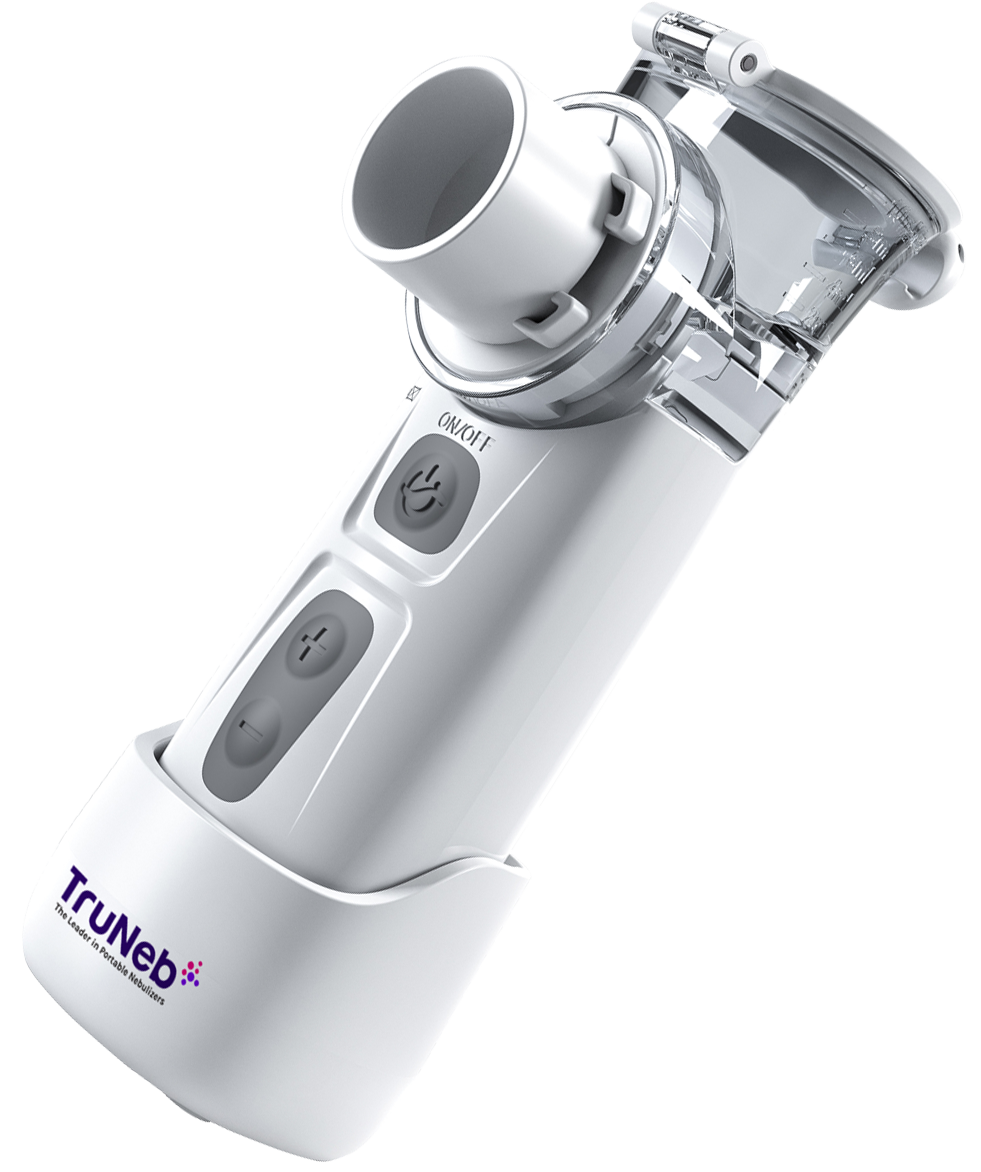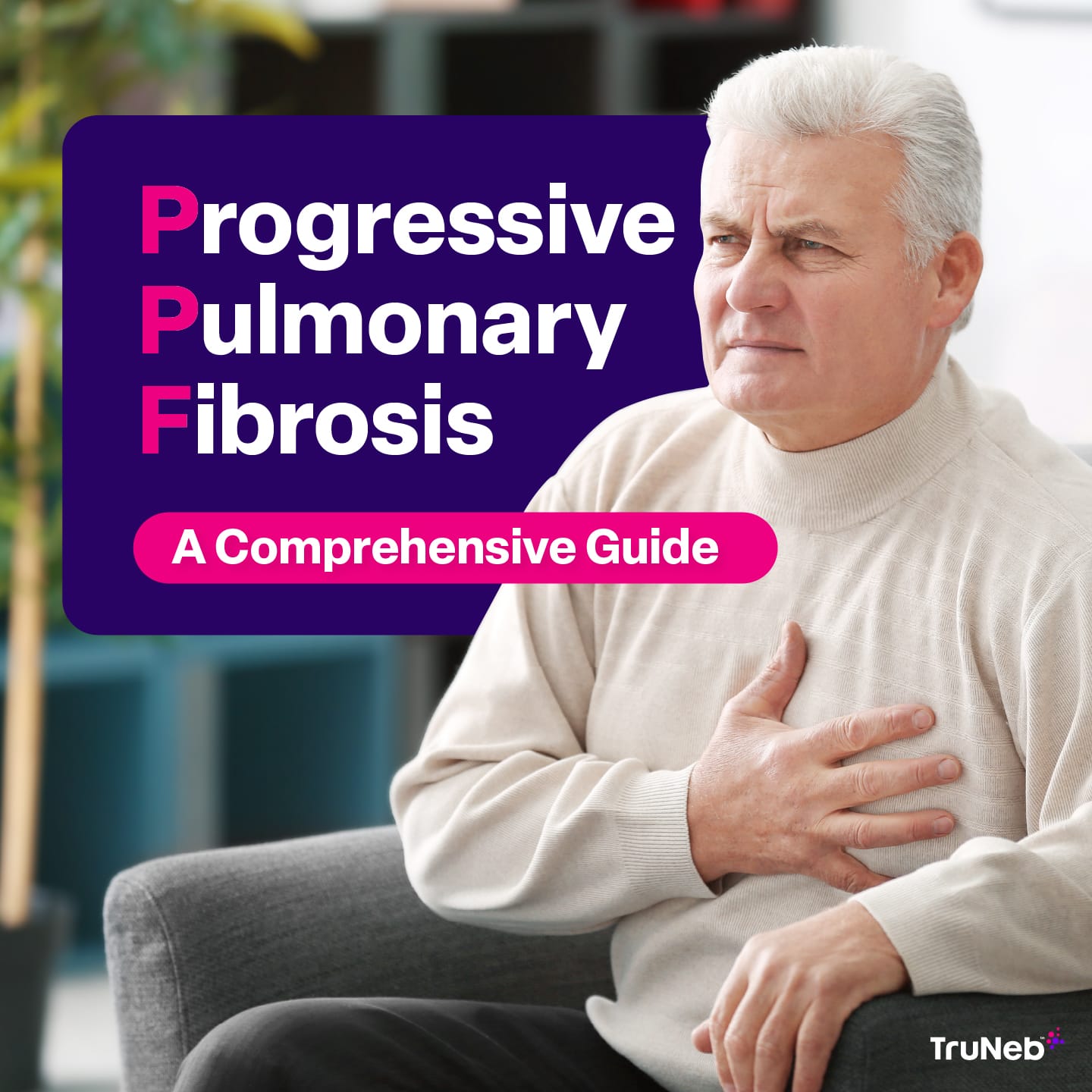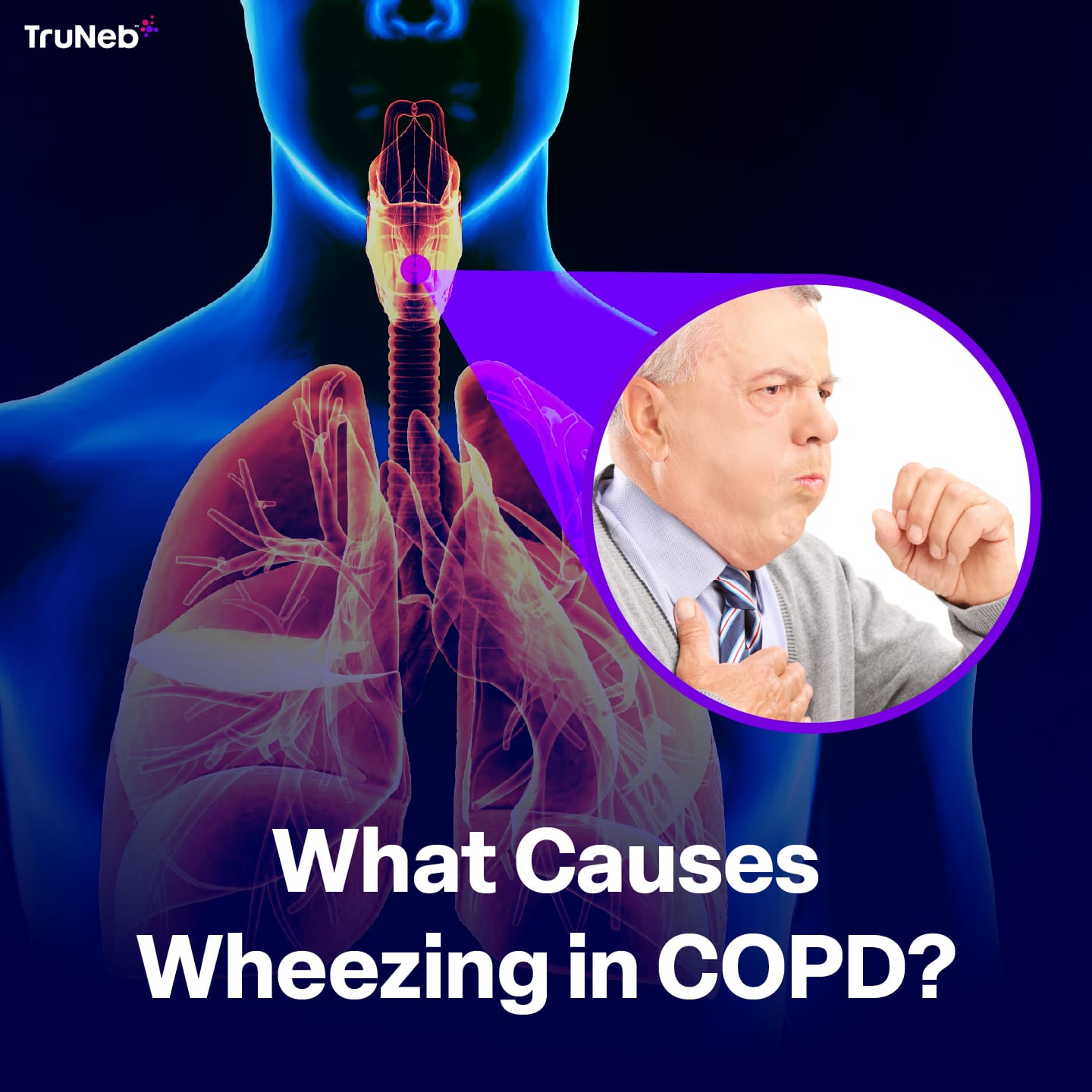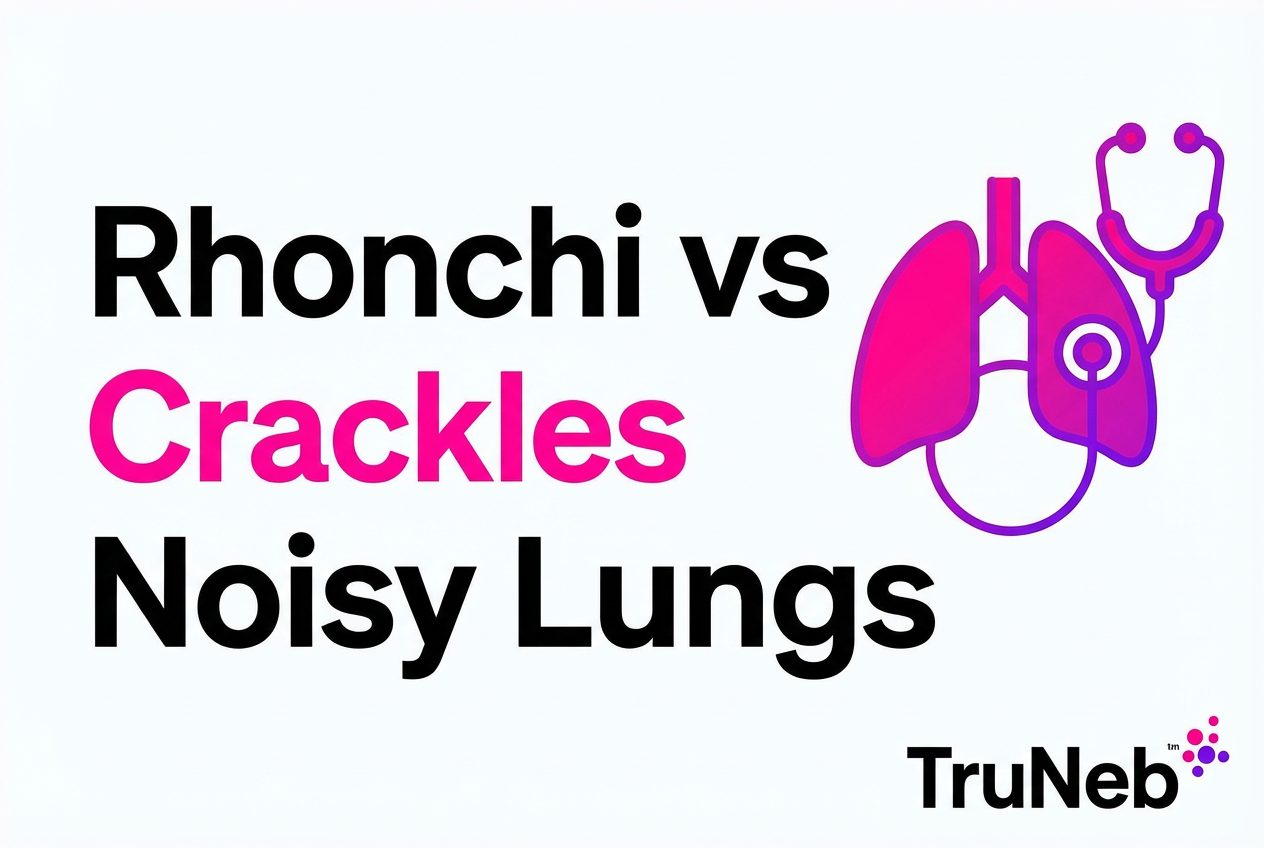On this page
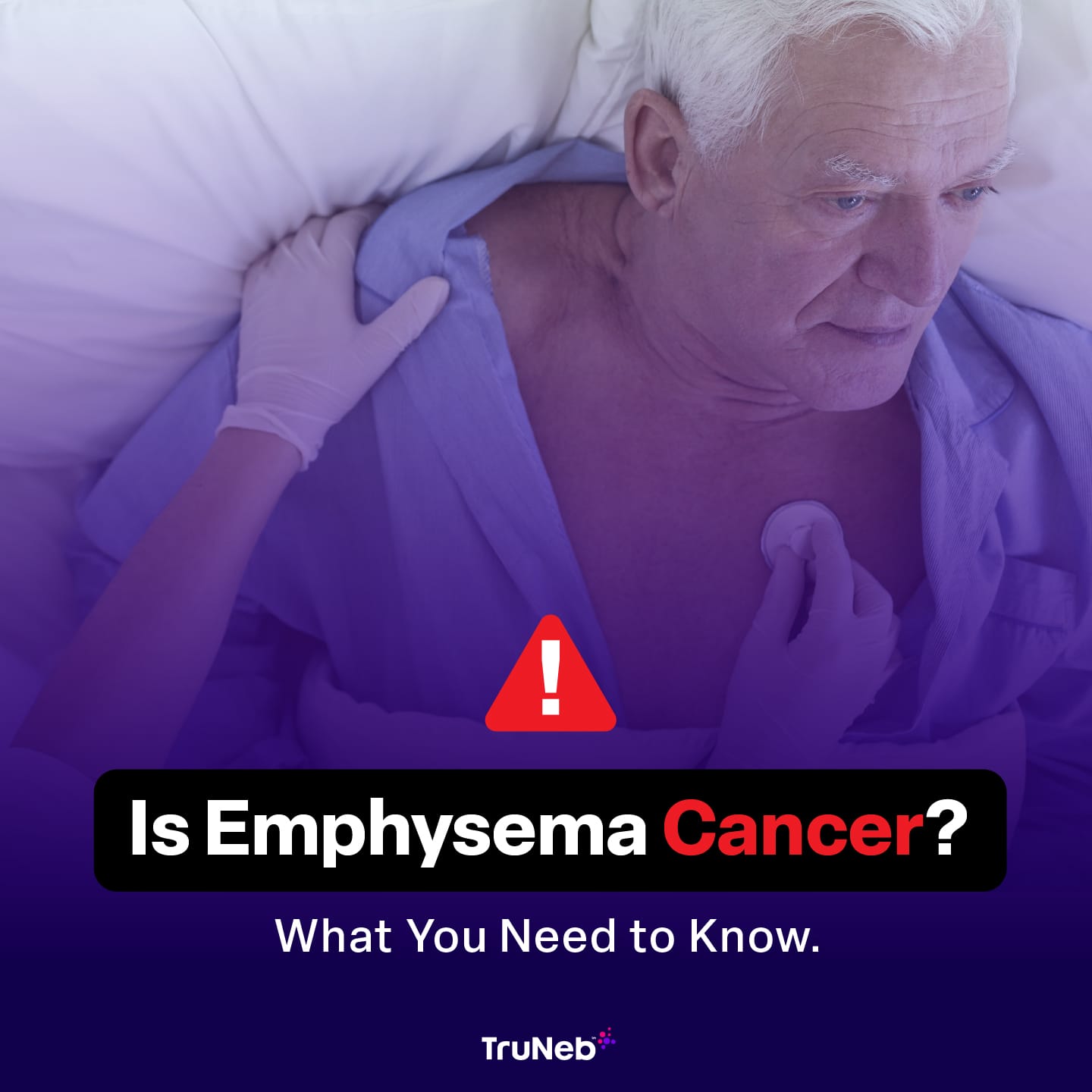
Is emphysema cancer? This is a common question, and it's important to clarify right from the start – no, emphysema is not cancer. Emphysema and lung cancer are two distinct conditions, though they share some common risk factors and can sometimes exist together.
In this article, we'll explore the differences between emphysema and lung cancer, examine their causes and symptoms, and discuss the connections between the two. Understanding these differences can help you seek proper diagnosis, treatment, and management.
What is Emphysema?
Emphysema is a chronic lung disease that falls under the umbrella of chronic obstructive pulmonary disease (COPD). It affects the alveoli, the tiny air sacs in the lungs, leading to difficulty breathing. People with emphysema experience a gradual destruction of the alveoli, which reduces the surface area available for gas exchange (oxygen and carbon dioxide) and causes the lungs to lose their elasticity.
Types of Emphysema
There are three main types of emphysema, defined based on the location of the damage within the lungs:
- Centrilobular (Centriacinar) Emphysema: This type affects the central parts of the lung lobules, specifically in the upper lobes. It is most commonly associated with long-term smoking.
- Panlobular (Panacinar) Emphysema: This emphysema subtype involves uniform damage throughout the lobules and is more common in the lower parts of the lungs. It is often linked to a genetic condition known as alpha-1 antitrypsin deficiency.
- Paraseptal Emphysema: This type affects the distal parts of the lung lobules, near the pleura (the lining of the lungs). It can lead to the formation of bullae (large air spaces) and is associated with spontaneous pneumothorax (collapsed lung).
Causes and Risk Factors
The main causes of emphysema are:
- Cigarette Smoke Exposure (including secondhand): Smoking is the leading cause of emphysema, accounting for the majority of cases. The harmful chemicals in tobacco smoke damage the alveoli and lead to chronic inflammation.
- Chronic Lung Disease: Conditions like chronic bronchitis and frequent lung infections can contribute to developing emphysema.
- Environmental Pollutants: Long-term exposure to air pollution, chemical fumes, and dust can increase the risk of developing emphysema.
- Genetic Factors: A deficiency in alpha-1 antitrypsin, a protein that protects the lungs, can lead to emphysema, even in non-smokers.
Explanation of Alveoli Damage
In emphysema, the walls of the alveoli are gradually destroyed, creating larger but fewer air sacs. This process reduces the surface area available for gas exchange, meaning less oxygen gets into the bloodstream and less carbon dioxide is removed. Also, the loss of elasticity in the lungs makes it difficult to exhale fully, trapping air in the lungs and leading to shortness of breath and an overinflated chest, often referred to as "barrel chest." This progressive damage impairs lung function and significantly impacts quality of life.
What is Lung Cancer?
Lung cancer is a type of cancer that begins in the lungs and can sometimes spread to other parts of the body. Lung cancer develops when abnormal cells in the lungs grow uncontrollably, forming tumors.
Types and Stages of Lung Cancer
There are two main types of lung cancer:
- Non-Small Cell Lung Cancer (NSCLC): This is the most common type, accounting for about 85% of all lung cancer cases. NSCLC includes subtypes like adenocarcinoma, squamous cell carcinoma, and large cell carcinoma. It typically grows and spreads more slowly than small cell lung cancer.
- Small Cell Lung Cancer (SCLC): This type is less common but more aggressive. SCLC grows quickly and spreads to other parts of the body earlier than NSCLC.
Lung cancer is also categorized into stages, which describe the extent of the cancer's spread:
- Stage I: Cancer is confined to the lungs and has not spread to nearby lymph nodes.
- Stage II: Cancer has spread to nearby lymph nodes or the chest wall.
- Stage III: Cancer has spread to the lymph nodes in the middle of the chest (mediastinum) or other nearby tissues.
- Stage IV: Cancer has spread (metastasized) to distant parts of the body like the brain, bones, or liver.
Causes and Risk Factors
Several factors can increase the risk of developing lung cancer:
- Smoking: The leading cause of lung cancer, responsible for approximately 90% of cases. The harmful chemicals in cigarette smoke cause genetic mutations in lung cells, leading to cancer.
- Secondhand Smoke: Exposure to secondhand smoke also increases the risk of lung cancer, even if that person never smokes a single cigarette in their life.
- Environmental Factors: Long-term exposure to pollutants including asbestos, radon gas, and industrial chemicals can increase the risk.
- Genetic Changes: Mutations in specific genes can make individuals more susceptible to lung cancer, even if they have never smoked.
- Family History: A family history of lung cancer can increase the risk, suggesting a genetic predisposition.
Lung cancer damages lung tissue in several ways:
- Tumor Growth: As cancer cells multiply, they form tumors that can block airways and disrupt normal lung function. This obstruction can cause symptoms like coughing, shortness of breath, and chest pain.
- Metastasis: Cancer cells can spread to other parts of the body through the bloodstream or lymphatic system. This process is called metastasis and can make the cancer more difficult to treat.
- Genetic Mutations: The genetic changes that cause lung cancer also contribute to the breakdown of normal cellular processes, leading to uncontrolled cell growth and tumor formation. These mutations can be triggered by smoking, environmental toxins, or inherited genetic factors.
Differences Between Emphysema and Lung Cancer
Emphysema and lung cancer are both serious diseases that affect the lungs, but they are fundamentally different. Emphysema is a chronic, progressive disease that mainly impacts the alveoli – causing them to break down and lose their elasticity. This leads to difficulties in breathing and reduced oxygen-carbon dioxide exchange.
Lung cancer, on the other hand, involves the uncontrolled growth of abnormal cells in the lungs, which can form tumors and spread to other parts of the body (metastasis).
Symptoms of Emphysema vs. Lung Cancer
- Emphysema Symptoms:
- Shortness of breath, especially during physical activity
- Chronic cough, often with mucus
- Wheezing
- Fatigue
- Frequent respiratory infections
- Barrel chest (due to overinflation of the lungs)
- Lung Cancer Symptoms:
- Persistent cough that doesn't go away
- Coughing up blood (hemoptysis)
- Chest pain that worsens with deep breathing, coughing, or laughing
- Hoarseness
- Unexplained weight loss
- Loss of appetite
- Shortness of breath
- Fatigue
- Recurrent infections like bronchitis and pneumonia
Diagnostic Procedures for Each Condition:
- Emphysema:
- Spirometry: Measures the amount of air you can inhale and exhale, and how quickly you can do so. It's the most common test for diagnosing COPD, including emphysema.
- Chest X-ray: Can show overinflated lungs, flattened diaphragm, and other signs of emphysema.
- CT Scan: Provides detailed images of the lungs and can help assess the extent of damage.
- Lung Cancer:
- Chest X-ray: Often the first test done if lung cancer is suspected.
- CT Scan: Provides more detailed images than an X-ray and can detect smaller tumors.
- Sputum Cytology: Examining the mucus you cough up can reveal cancer cells.
- Biopsy: A sample of lung tissue is taken to confirm the presence of cancer cells.
- PET Scan: Helps determine if the cancer has spread to other parts of the body by detecting hot spots.
Is Emphysema Cancer: Connection Between COPD and Lung Cancer
Although we’ve already established emphysema is NOT cancer, people with COPD (including emphysema), have a higher risk of getting diagnosed with lung cancer. The chronic inflammation and damage to lung tissues in COPD create an environment that can lead to genetic mutations and the uncontrolled growth of cells, which is the hallmark of cancer.
Shared Risk Factors:
- Smoking: The leading cause of both COPD and lung cancer. Smokers are at significantly higher risk for both conditions.
- Environmental Factors: Long-term exposure to pollutants, such as asbestos, radon, and other chemicals, increases the risk for both diseases.
- Genetics: Family history can play a role in the development of both COPD and lung cancer, particularly if there are genetic factors like alpha-1 antitrypsin deficiency.
Statistics on COPD and Lung Cancer Connection:
- Prevalence: Studies show that individuals with COPD are 4-6 times more likely to develop lung cancer than those without COPD.
- Smoking and Cancer: Approximately 90% of lung cancer cases are linked to cigarette smoking, which is also the primary cause of COPD.
- Mortality Rates: Lung cancer is the leading cause of cancer-related deaths worldwide. COPD is a major cause of morbidity and mortality, often complicating lung cancer prognosis.
Understanding the connection between COPD and lung cancer is important for early detection and prevention. Quitting smoking is an essential step in lowering the risk for both conditions. Regular medical check-ups and screenings can help catch these diseases early, improving the chances of successful treatment.
When to Seek Medical Care
You should always make sure you recognize when breathing issues need urgent medical care. Seek immediate medical attention if you experience:
- Sudden or severe shortness of breath: This can be a sign of a serious condition like a lung infection, severe COPD exacerbation, or a pulmonary embolism.
- Persistent chest pain: Especially if it worsens with deep breathing, coughing, or laughing.
- Coughing up blood: This can indicate a serious lung condition such as lung cancer or an infection.
- Unexplained weight loss: Significant weight loss without trying can be a sign of cancer or other serious illnesses.
- Severe wheezing or difficulty breathing: This may require emergency intervention, especially if it doesn't improve with your usual treatment.
Remember, it’s always better to be safe than sorry.
Importance of Regular Check-ups to Monitor Lung Health
Regular check-ups with your PCP and/or pulmonologist are necessary for managing chronic conditions like COPD and for early detection of lung cancer. These appointments allow your healthcare provider to track changes in symptoms and lung function over time and screen for cancer depending on your history.
TruNeb™ – Making Breathing Treatments More Convenient
Lengthy, loud nebulizer treatments are no longer your only option. With the TruNeb™ Portable Nebulizer, you can take your treatment anywhere you go. Add our compact handheld mesh nebulizer to your treatment regimen for ultimate convenience. And the best part? Your dose of medication will be done in five minutes or less. See why people love our portable nebulizer.

